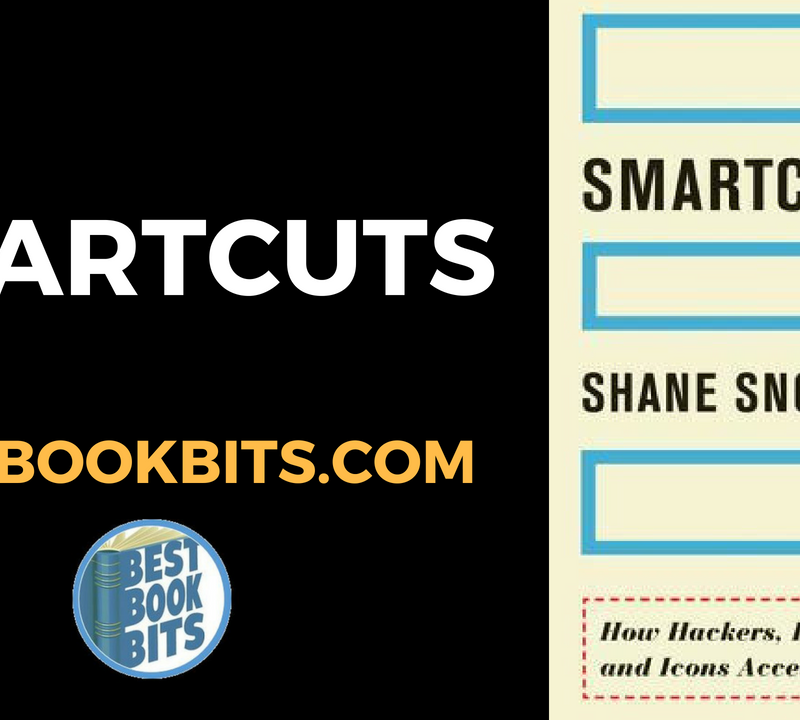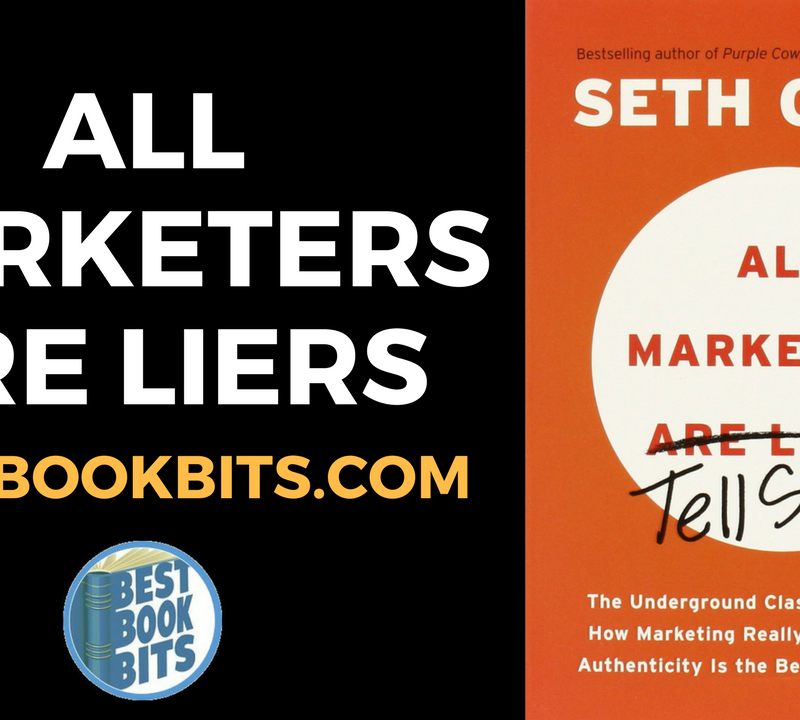★DOWNLOAD THIS FREE PDF SUMMARY HERE
? MY FREE BOOK TO LIVING YOUR DREAM LIFE”
? SPONSOR BESTBOOKBITS BY USING PATREON
? SUPPORT BESTBOOKBITS BY CLICKING THE LINKS BELOW
- 150 PDF Summaries
- Coaching Program
- Subscribe to My Channel
- Website
- Spotify
- Book Club
- Mailing List
INTRODUCTION
Wein didn’t create just another cheesesteak, he created a conversation piece.
WHY DO PRODUCTS, IDEAS, AND BEHAVIORS CATCH ON?
But while it’s easy to find examples of social contagion, it’s much harder to actually get something to catch on.
We try websites our neighbors recommend, read books our relatives praise, and vote for candidates our friends endorse. Word of mouth is the primary factor behind 20 percent to 50 percent of all purchasing decisions.
While traditional advertising is still useful, word of mouth from everyday Joes and Janes is at least ten times more effective.
Word of mouth is more effective than traditional advertising for two key reasons. First, it’s more persuasive.
Second, word of mouth is more targeted.
Word of mouth tends to reach people who are actually interested in the thing being discussed.
Research by the Keller Fay Group finds that only 7 percent of word of mouth happens online.
People also spend a lot of time offline. More than eight times as much, in fact. And that creates a lot more time for offline conversations.
Facebook and Twitter are technologies, not strategies.
Harnessing the power of word of mouth, online or offline, requires understanding why people talk and why some things get talked about and shared more than others. The psychology of sharing. The science of social transmission.
Contagious content is like that—so inherently viral that it spreads regardless of who is doing the talking.
Regardless of how plain or boring a product or idea may seem, there are ways to make it contagious.
So to get people talking we need to craft messages that help them achieve these desired impressions. We need to find our inner remarkability and make people feel like insiders.
People often talk about whatever comes to mind, so the more often people think about a product or idea, the more it will be talked about.
We need to design products and ideas that are frequently triggered by the environment and create new triggers by linking our products and ideas to prevalent cues in that environment.
Emotional things often get shared.
Making things more observable makes them easier to imitate, which makes them more likely to become popular.
if we can show them how our products or ideas will save time, improve health, or save money,
People don’t just share information, they tell stories.
These are the six principles of contagiousness: products or ideas that contain Social Currency and are Triggered, Emotional, Public, Practically Valuable, and wrapped into Stories.
CHAPTER 1 – SOCIAL CURRENCY
if something is supposed to be secret, people might well be more likely to talk about it.
People share things that make them look good to others.
More than 40 percent of what people talk about is their personal experiences.
Harvard neuroscientists Jason Mitchell and Diana Tamir found that disclosing information about the self is intrinsically rewarding.
Word of mouth, then, is a prime tool for making a good impression—as potent as that new car or Prada handbag. Think of it as a kind of currency. Social currency. Just as people use money to buy products or services, they use social currency to achieve desired positive impressions among their families, friends, and colleagues.
There are three ways to do that: (1) find inner remarkability; (2) leverage game mechanics; and (3) make people feel like insiders.
Sharing extraordinary, novel, or entertaining stories or ads makes people seem more extraordinary, novel, and entertaining.
Remarkable things get brought up more often.
Our memories aren’t perfect records of what happened. They’re more like dinosaur skeletons patched together by archeologists. We have the main chunks, but some of the pieces are missing, so we fill them in as best we can.
One way to generate surprise is by breaking a pattern people have come to expect.
Remember Blendtec, the blender company we talked about in the Introduction? By finding the product’s inner remarkability, the company was able to get millions of people to talk about a boring old blender. And they were able to do it with no advertising and a fifty-dollar marketing budget.
Game mechanics are the elements of a game, application, or program—including rules and feedback loops—that make them fun and compelling.
They chose the option that was worse in absolute terms but better in relative terms.
People don’t just care about how they are doing, they care about their performance in relation to others.
what good is status if no one else knows you have it?
Leverage scarcity and exclusivity to make customers feel like insiders.
Scarcity and exclusivity help products catch on by making them seem more desirable. If something is difficult to obtain, people assume that it must be worth the effort.
People don’t need to be paid to be motivated. Managers often default to monetary incentives when trying to motivate employees. Some gift or other perk to get people to take action. But that’s the wrong way to think about it.
Social incentives, like social currency, are more effective in the long term.
CHAPTER 2 – TRIGGERS
Marketing is about tapping into their genuine enthusiasm for products and services that they find useful. Or fun. Or beautiful.
Marketing is about spreading the love.
But what most people don’t realize is that they naturally talk about products, brands, and organizations all the time. Every day, the average American engages in more than sixteen word-of-mouth episodes, separate conversations where they say something positive or negative about an organization, brand, product, or service.
CHAPTER 3 – EMOTION
The reason people shared Grady’s article was emotion. When we care, we share.
Two reasons people might share things are that they are interesting and that they are useful.
It turns out that science articles frequently chronicle innovations and discoveries that evoke a particular emotion in readers. That emotion? Awe.
According to psychologists Dacher Keltner and Jonathan Haidt, awe is the sense of wonder and amazement that occurs when someone is inspired by great knowledge, beauty, sublimity, or might.
It’s the experience of confronting something greater than yourself.
Indeed, as Albert Einstein himself noted, “The most beautiful emotion we can experience is the mysterious.
More than any other emotion, awe described what many readers felt after looking at science pieces from The New York Times.
Awe boosted sharing. Awe-inspiring articles were 30 percent
Talking to others often makes emotional experiences better.
Emotion sharing is thus a bit like social glue, maintaining and strengthening relationships.
Marketing messages tend to focus on information. Public health officials note how much healthier teens will be if they don’t smoke or if they eat more vegetables. People think that if they just lay out the facts in a clear and concise way, it will tip the scales. Their audience will pay attention, weigh the information, and act accordingly. But many times information is not enough. Most teens don’t smoke because they think it’s good for them. And most people who scarf down a Big Mac and large fries and wash it down with a supersized Coke are not oblivious to the health risks. So additional information probably won’t get them to change their behavior. They need something more.
And that is where emotion comes in. Rather than harping on features or facts, we need to focus on feelings; the underlying emotions that motivate people to action.
The best results don’t show up in a search engine, they show up in people’s lives.
Write down why you think people are doing something.
When trying to use emotions to drive sharing, remember to pick ones that kindle the fire: select high-arousal emotions that drive people to action.
Excite people or inspire them by showing them how they can make a difference.
Work groups may benefit from taking walks together because it will encourage people to share their ideas and opinions.
Emotions drive people to action. They make us laugh, shout, and cry, and they make us talk, share, and buy. So rather than quoting statistics or providing information, we need to focus on feelings.
You should make something that will move people.
People don’t want to be entertained, they want to be moved.
CHAPTER 4 – PUBLIC
Observability. Jobs realized that seeing others do something makes people more likely to do it themselves.
If something is built to show, it’s built to grow.
People often imitate those around them.
Whether making trivial choices like what brand of coffee to buy or important decisions like paying their taxes, people tend to conform to what others are doing. Television shows use canned laugh tracks for this reason: people are more likely to laugh when they hear others laughing.
So to help resolve our uncertainty, we often look to what other people are doing and follow that. We assume that if other people are doing something, it must be a good idea. They probably know something we don’t.
Simply educating students about the risks of alcohol didn’t seem to be enough.
If most students were uncomfortable with the drinking culture, then why was it happening in the first place? Why were students drinking so much if they don’t actually like it? Because behavior is public and thoughts are private.
Because behavior is public and thoughts are private.
The more public a product or service is, the more it triggers people to take action.
The Movember Foundation succeeded because they figured out how to make the private public.
Shapes, sounds, and a host of other distinctive characteristics can also help products advertise themselves.
Designing products that advertise themselves is a particularly powerful strategy for small companies or organizations that don’t have a lot of resources.
But regardless, one thing is clear: the wristband creates more behavioral residue than the cross-country ride ever could have. As MacEachern keenly noted: The nice thing about a wristband is that it lives on. The bike ride doesn’t. There’ll be pictures of the bike ride and people will talk about the bike ride, but unless it goes on every year—even if it does go on every year, it doesn’t live on as a reminder every day of this sort of stuff. But the wristband does.
Behavioral residue is the physical traces or remnants that most actions or behaviors leave in their wake.
Items like the Livestrong wristband provide insight into who people are and what they like.
★DOWNLOAD THIS FREE PDF SUMMARY HERE
? MY FREE BOOK TO LIVING YOUR DREAM LIFE”
? SPONSOR BESTBOOKBITS BY USING PATREON
? SUPPORT BESTBOOKBITS BY CLICKING THE LINKS BELOW
- 150 PDF Summaries
- Coaching Program
- Subscribe to My Channel
- Website
- Spotify
- Book Club
- Mailing List
CHAPTER 5 – PRACTICAL VALUE
But anti-drug ads often say two things simultaneously. They say that drugs are bad, but they also say that other people are doing them.
Our basic hypothesis is that the more kids saw these ads, the more they came to believe that lots of other kids were using marijuana. And the more they came to believe that other kids were using marijuana, the more they became interested in using it themselves.
It’s been said that when people are free to do as they please, they usually imitate one another. We look to others for information about what is right or good to do in a given situation, and this social proof shapes everything from the products we buy to the candidates we vote for.
Create behavioral residue, discernible evidence that sticks around even after people have used our product or engaged with our ideas. We need to make the private public. If something is built to show, it’s built to grow.
Most viral videos are made by adolescents and watched by adolescents. Crazy tricks someone did on his motorcycle or cartoon characters edited to look as if they are dancing to rap songs. Things young people love.
People like to pass along practical, useful information. News others can use.
Offering practical value helps make things contagious.
If Social Currency is about information senders and how sharing makes them look, Practical Value is mostly about the information receiver. It’s about saving people time or money, or helping them have good experiences.
“Prospect theory.” The theory is amazingly rich, but at its core, it’s based on a very basic idea. The way people actually make decisions often violates standard economic assumptions about how they should make decisions. Judgments and decisions are not always rational or optimal. Instead, they are based on psychological principles of how people perceive and process information.
Diminishing sensitivity reflects the idea that the same change has a smaller impact the farther it is from the reference point.
If the product’s price is less than $100, the Rule of 100 says that percentage discounts will seem larger.
Practical advice is shareable advice.
In fact, narrower content may actually be more likely to be shared because it reminds people of a specific friend or family member and makes them feel compelled to pass it along.
Content that is obviously relevant to a narrow audience may actually be more viral.
CHAPTER 6 – STORIES
That’s because people don’t think in terms of information. They think in terms of narratives. But while people focus on the story itself, information comes along for the ride.
Stories, then, can act as vessels, carriers that help transmit information to others.
Stories save time and hassle and give people the information they need in a way that’s easy to remember.
It’s harder to argue with personal stories.
Stories thus give people an easy way to talk about products and ideas.
Marketing experts talk about “the fool in the pool” as one of the worst guerrilla marketing failures of all time.
The key, then, is to not only make something viral, but also make it valuable to the sponsoring company or organization. Not just virality but valuable virality.
Virality is most valuable when the brand or product benefit is integral to the story. When it’s woven so deeply into the narrative that people can’t tell the story without mentioning it.
In trying to craft contagious content, valuable virality is critical. That means making the idea or desired benefit a key part of the narrative. It’s like the plot of a good detective story.
EPILOGUE
The same six principles, or STEPPS, drive things to catch on. Social Currency We share things that make us look good Triggers Top of mind, tip of tongue Emotion When we care, we share Public Built to show, built to grow Practical Value News you can use Stories Information travels under the guise of idle chatter
Social Currency Does talking about your product or idea make people look good? Can you find the inner remarkability? Leverage game mechanics? Make people feel like insiders?
Triggers Consider the context. What cues make people think about your product or idea? How can you grow the habitat and make it come to mind more often?
Emotion Focus on feelings. Does talking about your product or idea generate emotion? How can you kindle the fire?
Public Does your product or idea advertise itself? Can people see when others are using it? If not, how can you make the private public? Can you create behavioral residue that sticks around even after people use it?
Practical Value Does talking about your product or idea help people help others? How can you highlight incredible value, packaging your knowledge and expertise into useful information others will want to disseminate?
Stories What is your Trojan Horse? Is your product or idea embedded in a broader narrative that people want to share? Is the story not only viral, but also valuable?”
★DOWNLOAD THIS FREE PDF SUMMARY HERE
? MY FREE BOOK TO LIVING YOUR DREAM LIFE”
? SPONSOR BESTBOOKBITS BY USING PATREON
? SUPPORT BESTBOOKBITS BY CLICKING THE LINKS BELOW
- 150 PDF Summaries
- Coaching Program
- Subscribe to My Channel
- Website
- Spotify
- Book Club
- Mailing List













